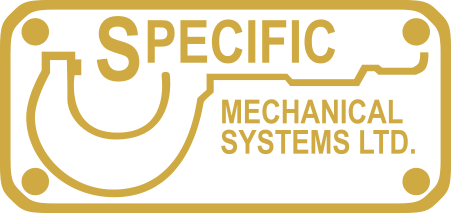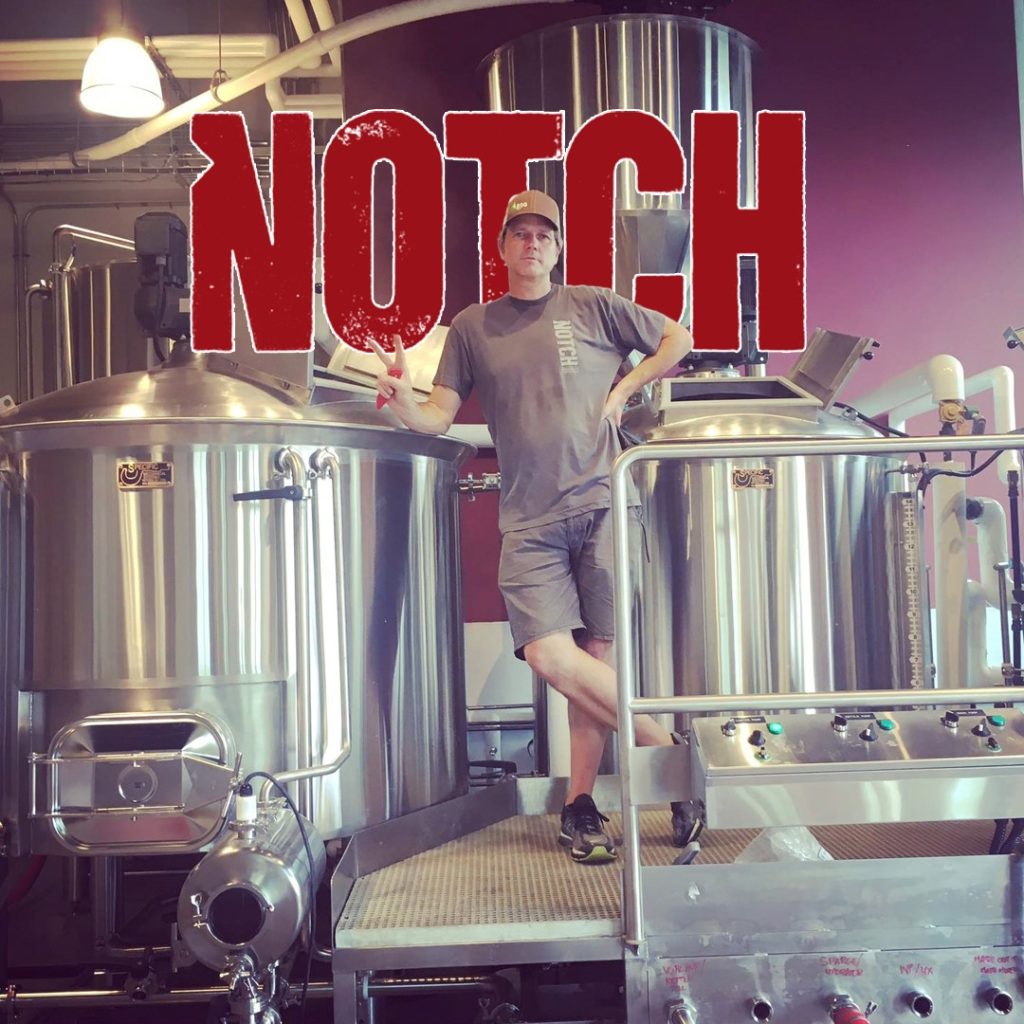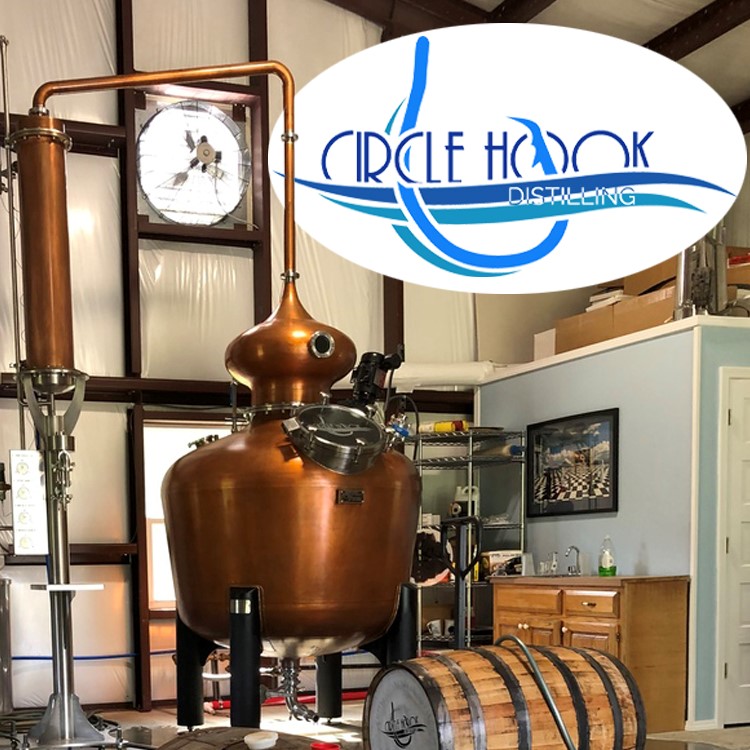Stainless steel, pressurized tanks have many uses in a variety of industries. One such use is in the production of cultivated meat, also known as lab-grown or cultured meat, a revolutionary development in food technology. Created by growing animal cells in a controlled environment, it offers a sustainable alternative to traditional livestock farming. However, like any innovation, it comes with its benefits and challenges.
Pros
- Environmental Benefits
Cultivated meat significantly reduces the environmental footprint associated with traditional meat production. It requires less land, water, and energy, and generates fewer greenhouse gas emissions, making it a promising solution to combat climate change. - Animal Welfare
Since cultivated meat is produced without raising or slaughtering animals, it alleviates ethical concerns regarding animal suffering and could potentially end industrial animal farming. - Health Advantages
Lab-grown meat is produced in a sterile environment, reducing the risk of contamination from pathogens like E. coli or salmonella. Producers can also control fat content and eliminate harmful additives, potentially offering a healthier product. - Food Security
With a growing global population, cultivated meat could help meet increasing protein demands without relying on limited natural resources or disrupting ecosystems.
Cons
- High Production Costs
Currently, producing cultivated meat is expensive due to the need for specialized equipment, growth mediums, and scaling infrastructure. While costs are decreasing, affordability remains a barrier. - Energy Use in Early Stages
Although it uses fewer natural resources, cultivated meat production still requires significant energy inputs. Developing sustainable energy sources is essential to maximize its environmental benefits. - Consumer Acceptance
Many people are hesitant about lab-grown meat due to perceptions of it being unnatural. Overcoming cultural and psychological barriers will be key to widespread adoption. - Regulatory Challenges
As a novel product, cultivated meat faces complex regulatory hurdles. Ensuring safety, labeling, and market approval could delay its integration into global food systems.
Conclusion
Cultivated meat holds the potential to transform the way we produce and consume food, offering solutions to pressing environmental, ethical, and health challenges. However, addressing cost, energy efficiency, and public acceptance is crucial for its success. As technology advances and the industry matures, cultivated meat could become a sustainable and widely accepted part of our diets.





